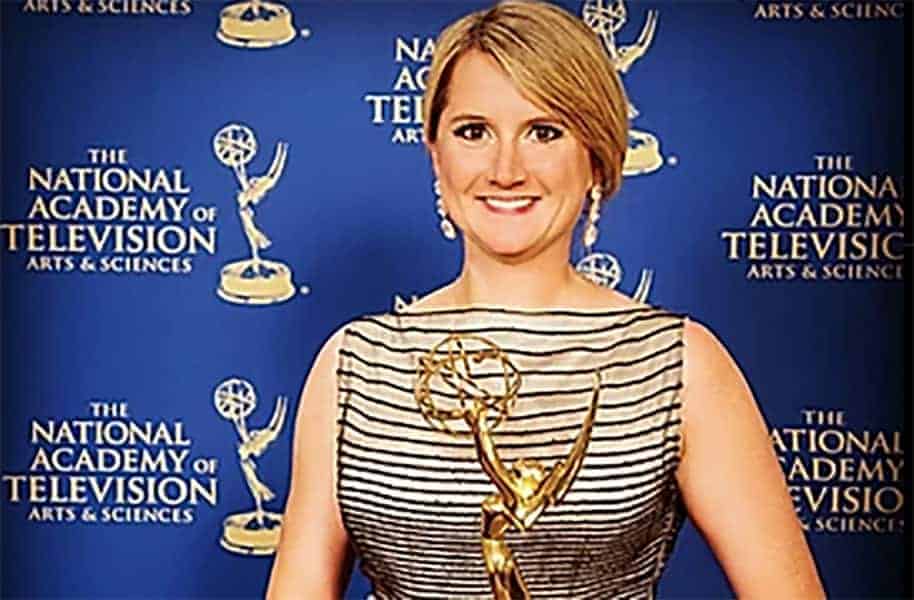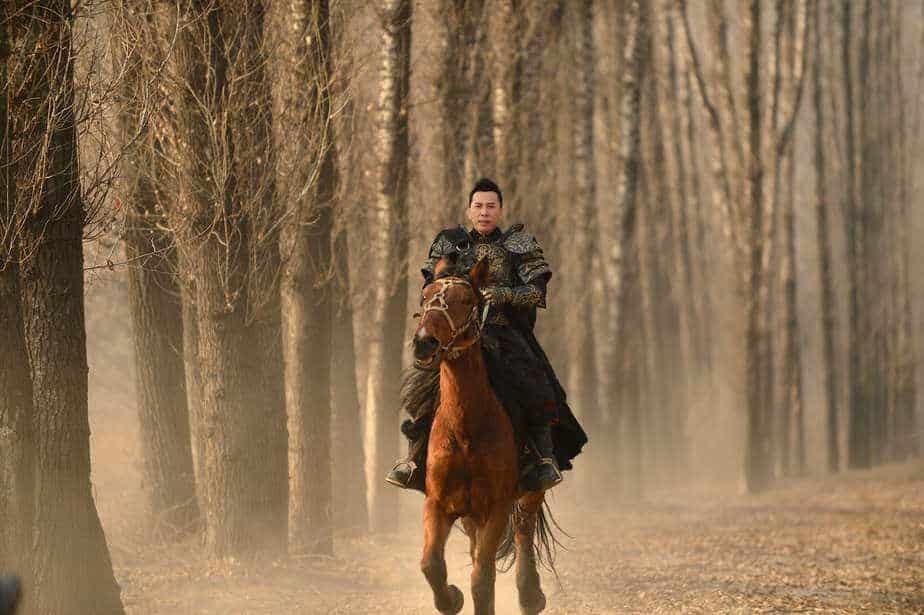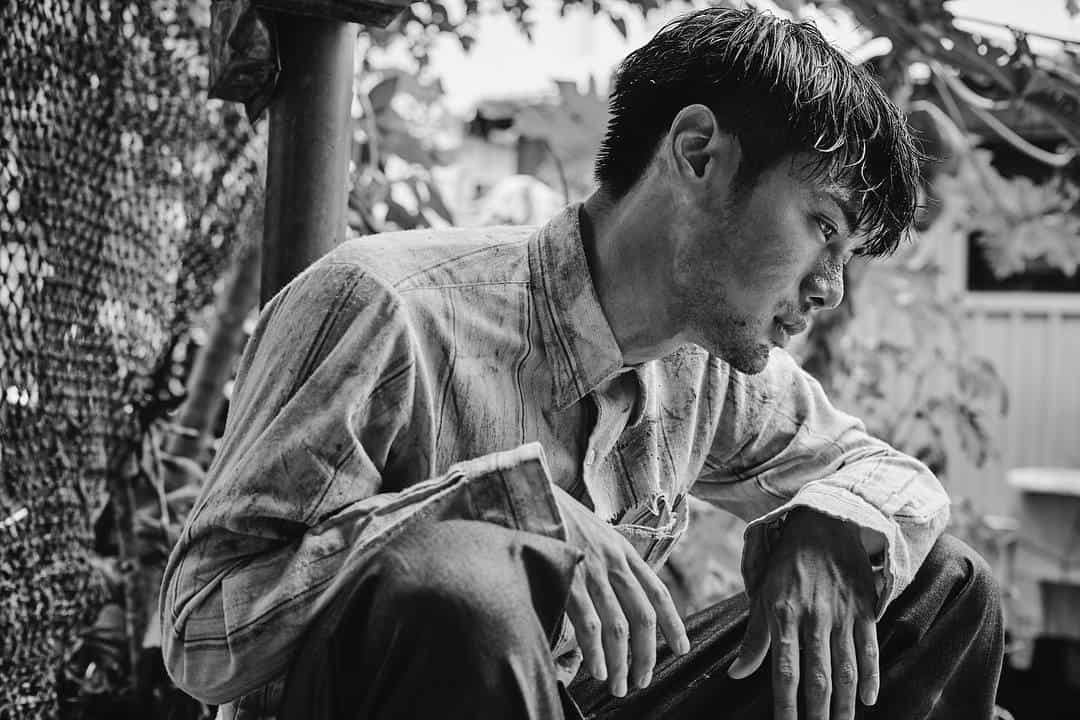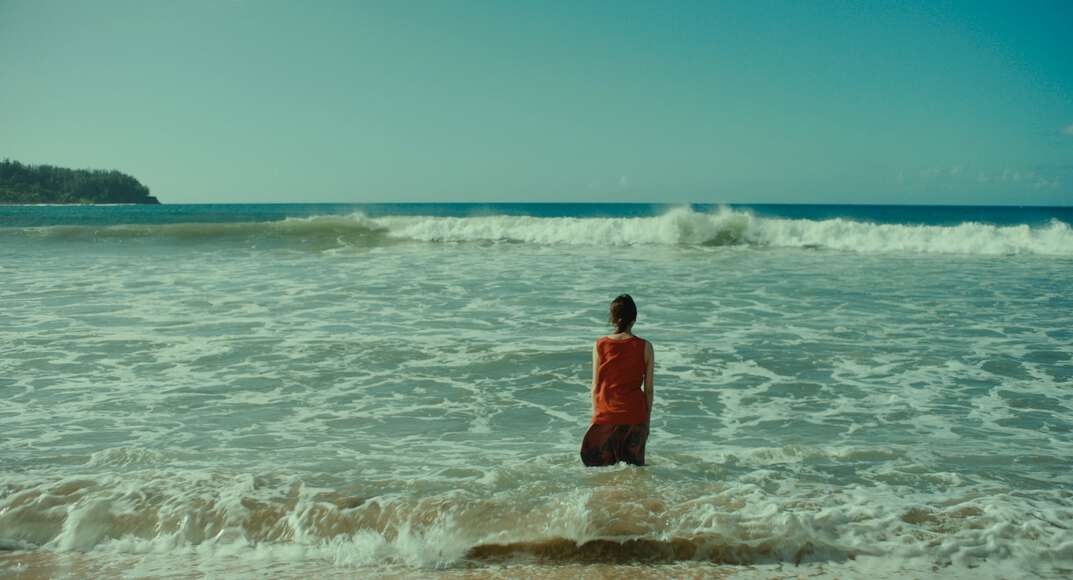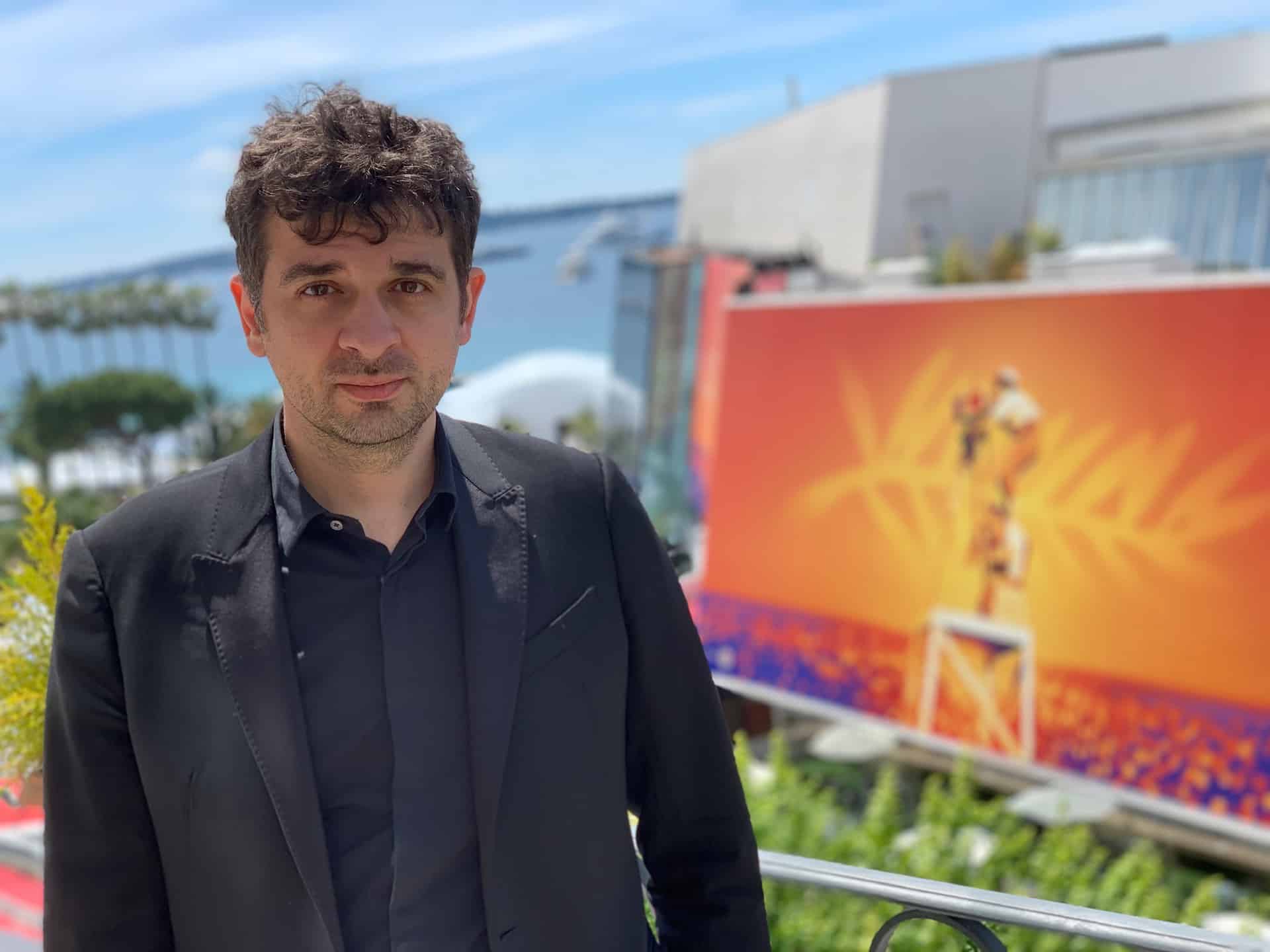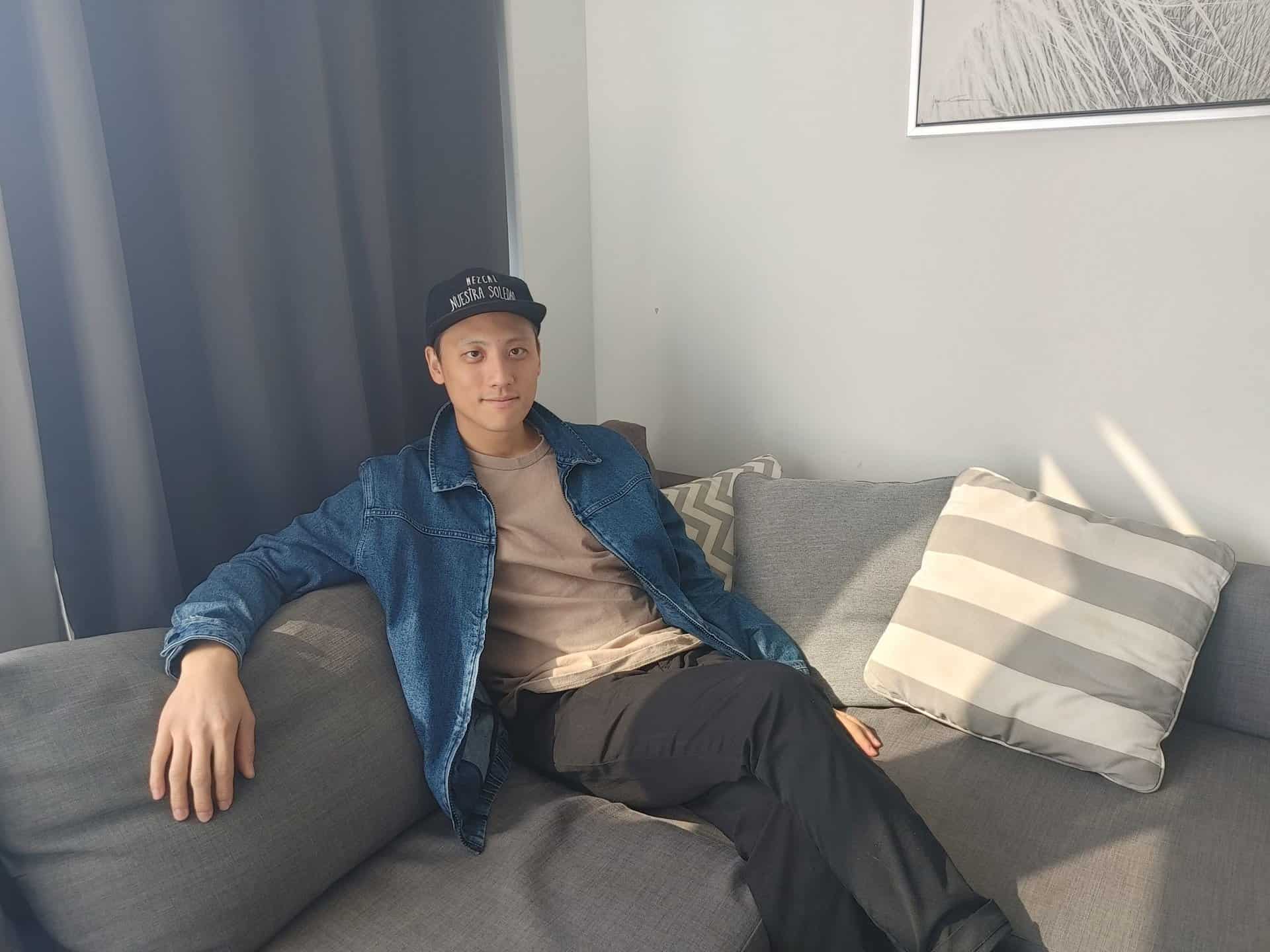Amy Williams is an US-based production designer. She has left her creative fingerprint on several TV series such as „Master of None“ (2015) or lately „Little America“. Among the feature dramas she worked on is „Love Is Strange“ (2014) by Ira Sachs and now the actual new release on Netflix “Tigertail” by Alan Yang.
On this occasion we speak with Amy Williams, who told us more about the challenges of the production and her experiences with the Taiwanese culture.
It's not the first time you work with director Alan Yang. Could you tell us more about your collaboration and how the work on “Tigertail” began?
I met Alan Yang in 2014 when I interviewed for the Netflix series, “Master Of None”, that he and Aziz Ansari created. “Master of None” was a beautiful experience for all of us working on the show. Alan and I share a love of basketball and dining, and things like that always help the creative bond. From there, we went on to work together on an Amazon series, “Forever”. It was during the filming of “Forever” that Alan approached me and asked if I wanted to keep the positive collaboration going. I said yes immediately. We wrapped “Forever” in March of 2018, and by July, we were on a plane to scout in Taiwan. He's a joy to work with, supremely talented, and wants to tell meaningful stories. If I'm lucky, I hope to continue this collaboration for a lifetime.

What did you like the most about the project?
Mainly, the opportunity to work with Alan and be a part of his family's story. We touched on the Asia to America immigrant story on “Master Of None”, and this was an opportunity to take a deeper dive. I was especially drawn to designing the period worlds of both New York and Taiwan. It's a remarkable process and a privilege to work in another country.
Did you know Taiwan before you started to work on the film?
I have a few close Taiwanese friends in the States, and my partner's mother lives in Taichung most of the year, so I have some exposure to the history and politics surrounding Taiwan. Unfortunately, I had never visited Taiwan, let alone Asia, prior to the making of “Tigertail”. My visual knowledge came mainly from the Taiwanese cinema of Edward Yang and others, and lots of research.

How were the production conditions on site in Taiwan? Did you work with a local team? How was the collaboration?
We worked with a fantastic team of Taiwanese filmmakers while on location in Taiwan. The costume designer Olga Mill, DP Nigel Bluck, and two producers Kim Roth and Peter Pastorelli were the only ones coming from the US, so we relied heavily on the Taipei Local crew. I was fortunate to have KAY CHEN |陳薏如, a dear friend, and a Taiwanese co-producer with us. She seriously helped bridge the language barrier between my team and me. The local art department and I did not share the same language, but the mutual respect and visual communication were universal in our collaboration. I was very lucky to have art director Dato, CHIH-CHENG WANG|王誌成 on our team. He's brilliant and added greatly to the sequences we shot in Taiwan.
Did you do the shootings mostly in a studio? Where did you get your inspiration from to create all these microcosms?
We filmed on location in both NYC and Taiwan. There was very little studio work. The real locations were far more visually interesting than stage work. There's no need to even come to another country if you're just going to recreate some of it on a stage. Most of the locations in Taiwan held some personal ties as well. For example, we filmed in Huwei (Tigertail) proper, for the sugar refinery location, the Mausoleum, and final scenes of the film.

What were the most significant challenges for the project?
The biggest challenge for “Tigertail” was the tight budget. We had many sets in two different countries, over the course of representing a 60-year time span. It's important to get the representation both correct and aesthetically interesting. The overall film budget was around 10 million dollars, and we had three months to shoot it all. It was tight but we pulled it off!
Could you tell us a bit how you worked in recreating The Bronx from the 1970s?
The work we did in the Bronx was remarkable. We took over a Bronx street and intersection and transformed it into the early 70s. I dove deep into the historic street photography of the time for our research of the Bronx. It was such a gritty and character-filmed time period in NYC. We recreated everything from the open fire hydrants, graffiti, burned-out cars, and storefront signage. But more so than a historically correct look, we wanted to represent the spaces that an Asian immigrant might have inhabited and experienced. A look at the Bronx through a young Pin-Jui's (HONG-CHI Lee | 李鴻其) eyes. We've never really seen that represented in cinema before and that was incredibly rewarding.


